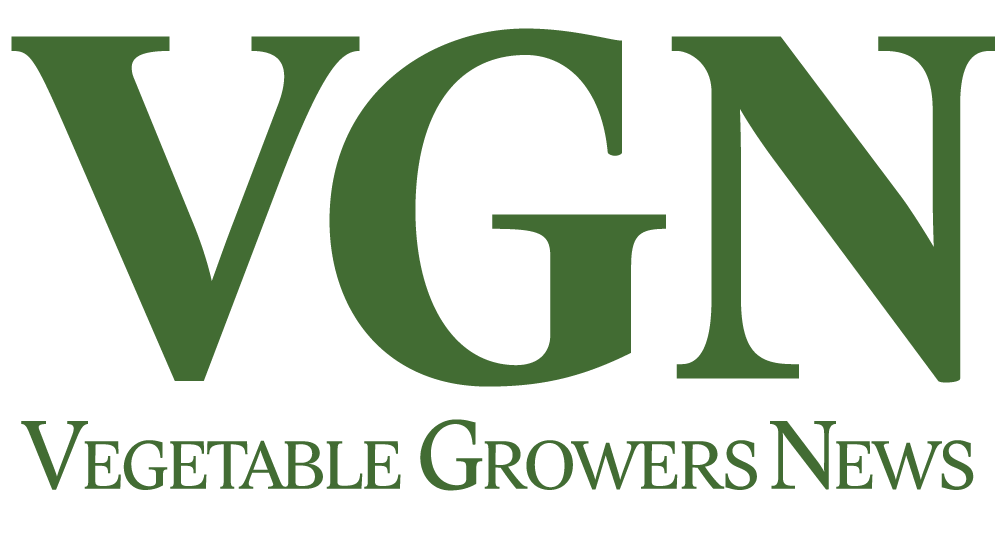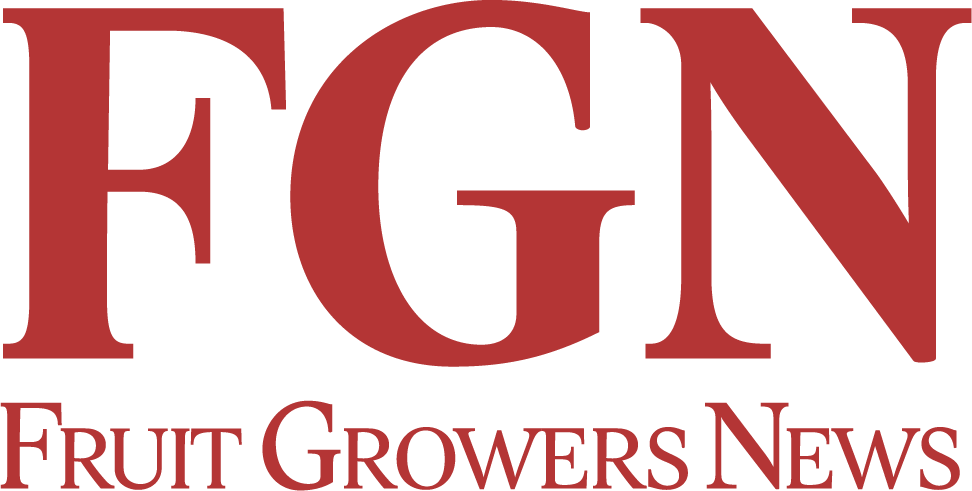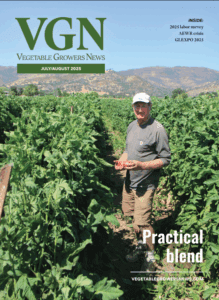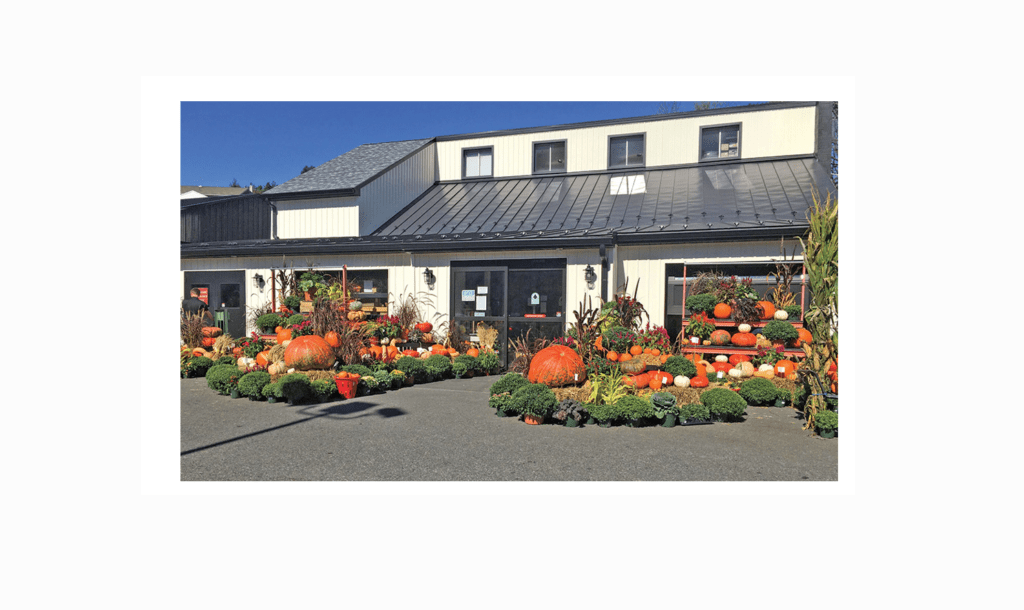
May 27, 2025Farm market challenges: Labor, input costs drive farm market pricing
Pressed by inflation, escalating input costs, labor availability and competition from other venues, it’s more difficult than ever for farm market operators to effectively price their products.
The latest Fruit and Vegetable Growers News Farm Market Pricing Survey reveals farm market operators’ dominant concerns, factors influencing how farm marketers charge for fruits, vegetables, bakery products, cider and other food.
Key challenges faced by farm market operators include labor, with 41% of respondents stating they struggle to find and retain both seasonal and skilled labor.
“I can’t regularly get pickers,” wrote one respondent. “Farm labor is a major issue.,” wrote another.
Worker availability is harming one operator’s life plans.
“Running the sales and distribution is the easiest part of the business,” the manager said. “I am trying to retire and have scaled down production. If I can get the fruit picked, I can sell it.”
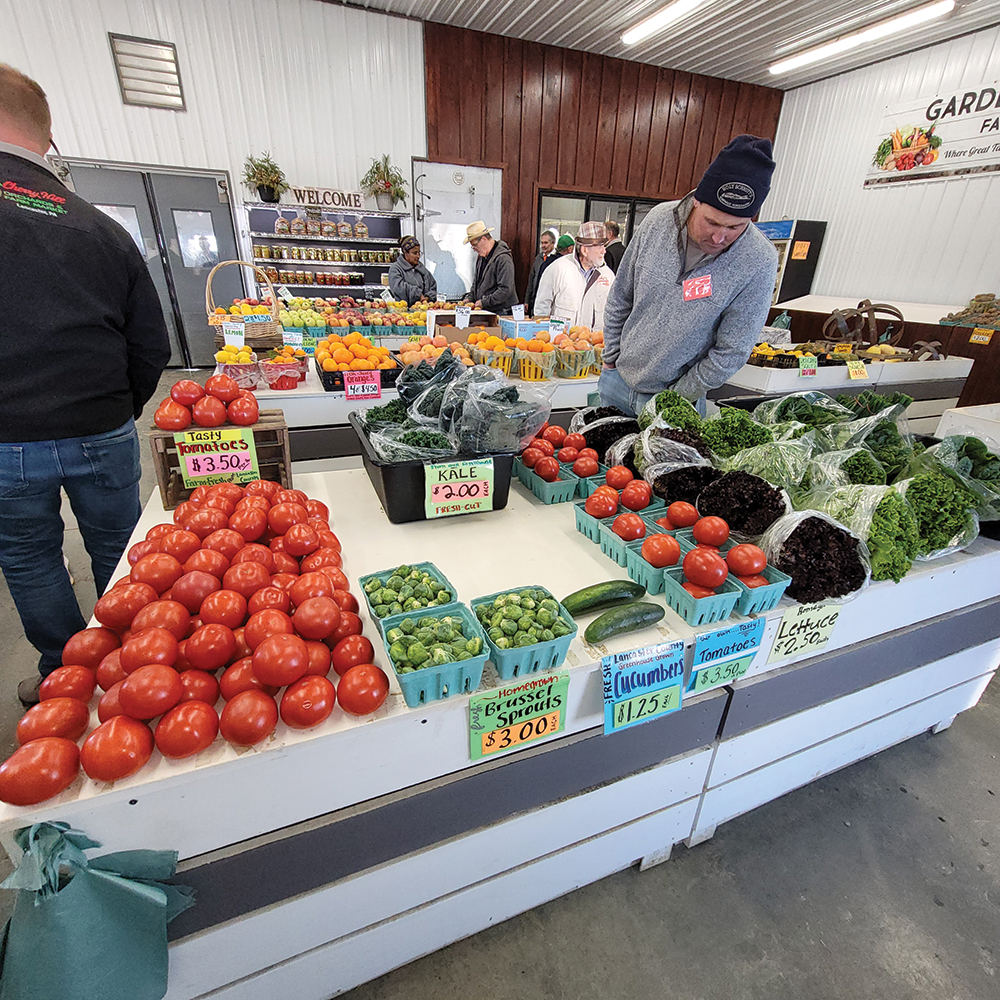
Brian Moyer, education program associate with Penn State Extension and founder/director of PA Farm Markets, said the survey shows heightened labor worries.
“There appears to be growing concern over rising labor costs and how to adjust prices in the market to cover the increased cost,” he said.
Weather and climate issues are becoming more concerning to farm market operators, as noted by 22% of respondents. This includes concerns about extreme weather events, climate change and seasonal frosts affecting crop yields.
“Severe storms, rain, wind and hail that often destroy crops with no insurance available for apples,” are challenges noted by one survey respondent.
Rising input costs, including fertilizers and seeds, was an issue identified by 18% of respondents, who stated costs pose a major challenge in maintaining profitability. Inflation and input costs forced three-fourths of respondents to raise their prices by 10% to 30%.
“Costs, training, expenses: Pricing is going up faster than what the public is willing to pay,” one respondent shared. “Remaining competitive and sustainable is challenging in this economic environment,” reported another.
Countering competition
To determine prices, most farm market managers employ a number of methods, including:,
- Comparing competitors’ pricing (54%)
- Availability (46%)
- Input costs (43%)
- Comparing grocery store prices (43%)
Grower input, profit margins and a specified set of markups were also noted, with a third responding “all of the above.”
A majority of respondents choosing comparing competitors’ pricing as the most important factor in determining prices indicates growers closely monitor their competitors to remain competitive, Moyer said. He characterized respondents who selected “all of the above” as substantial.
Moyer said high input costs and grocery price comparisons show that growers are aligning pricing with their production expenses and retail grocery prices.

“Markets are increasingly more savvy in their pricing methods, and they need to be due to shifting costs,” Moyer said.
Government regulations, including local restrictions that limit their farm market operations, were a concern.
“Property taxes, labor costs, competitive pricing while still maintaining a good margin is difficult,” wrote one respondent.
Other areas of concern include marketing and customer engagement, particularly challenges in social media marketing and attracting customers. Operational and logistical issues, such as difficulties in stocking, supply management and handling customer flow during peak seasons were issues noted by respondents.
Most farm markets (64%) charge more for pre-picked conventionally grown compared to u-pick. The most common price differences are 10% to 40% more for pre-picked, with 20% to 30% being the most frequent range.
Some respondents indicated price differences depend on the crop, with some fruits, including apples and berries, seeing different markups than others.

On how farm markets set prices, respondent comments included “what the public is willing to pay for the quality they perceive,” as well as “a price that seems reasonable and that most of my customers will feel like they got a good deal.”
One market manager respondent “pushes prices higher as I need to, but it would be great if I could take all the other factors into setting my price. For example, our minimum wage has been increasing for years. I try to match retail outlets around me.”
Moyer said he has been hearing more of those kinds of comments.
“Managers are trying to determine labor costs attached to various departments in their market to make sure their other labor costs (stocking, check out) are covered,” he said.
Moyer noted that his favorite survey comment came from a manager who shared that customer response on unique items, including Southeast Asian foods, determines price. “This market manager is using data to set prices of popular items, which can increase profit margins and help make the difference on lower margin products,” Moyer said.
This year’s survey attracted farm market involvement from 34 states, with Michigan, New York, Pennsylvania, Illinois, Wisconsin, New York, Ohio, California, North Carolina and Georgia participants weighing in the most.
Read more insights from the report which can be downloaded at vegetablegrowersnews.com/2025-farm-market-pricing-report
By Doug Ohlemeier, Assistant Editor
